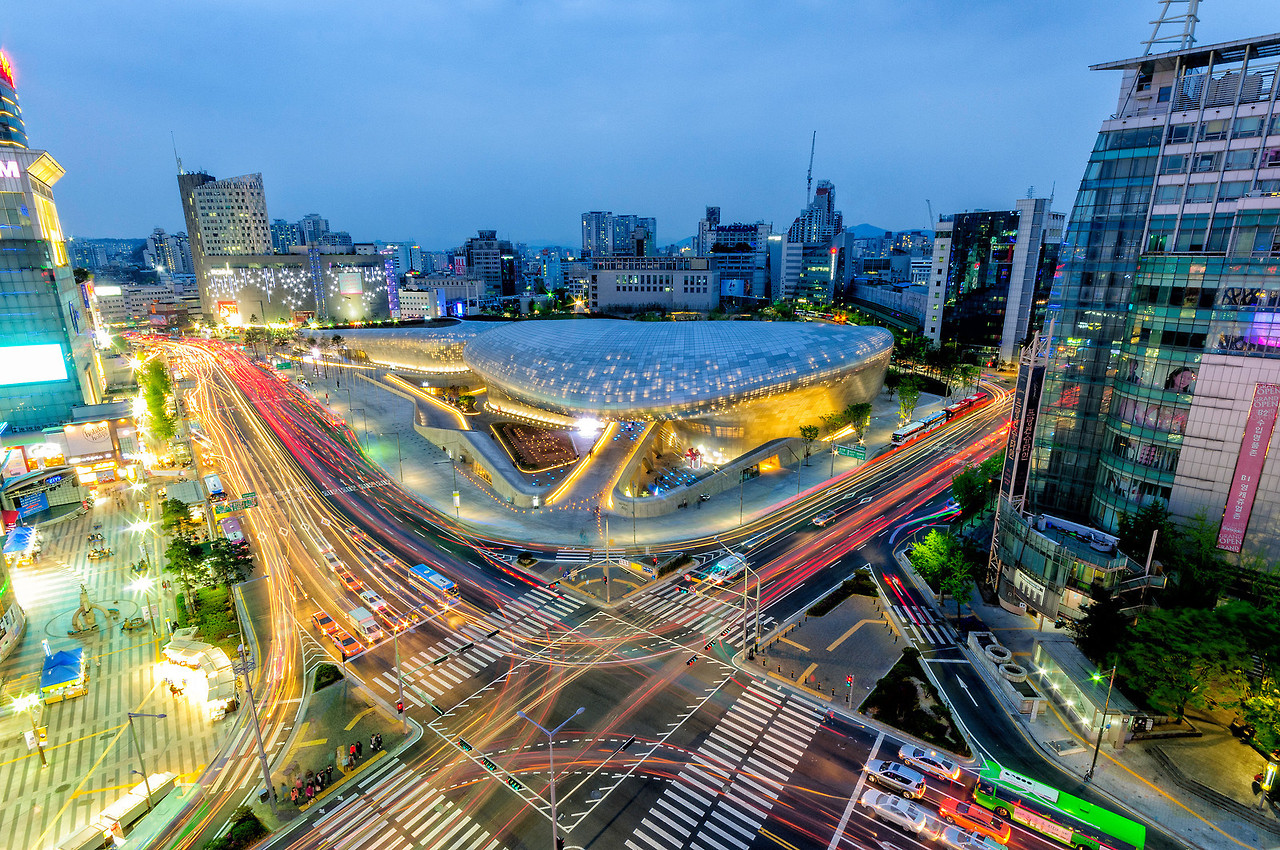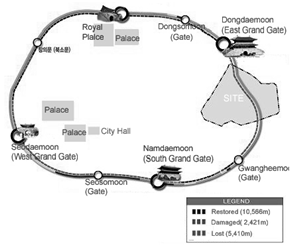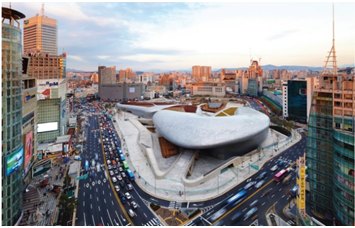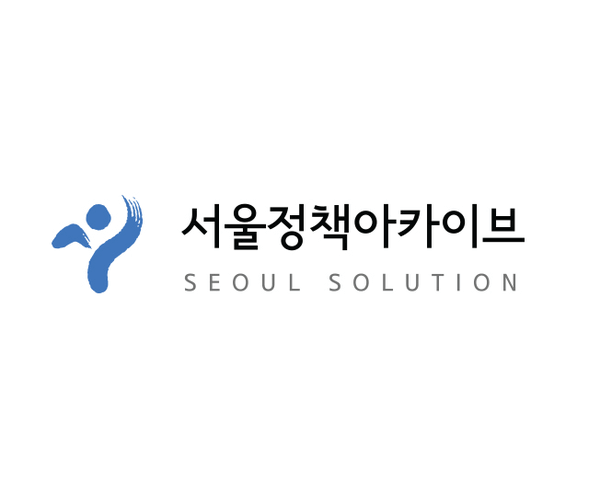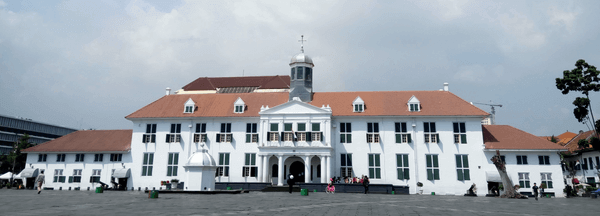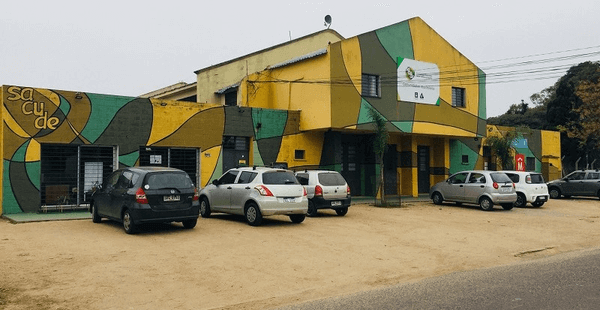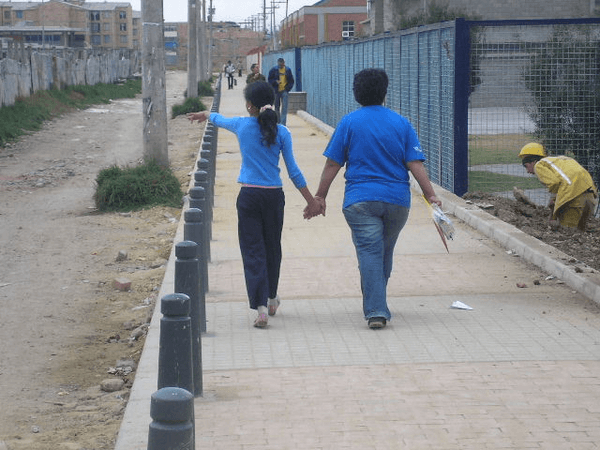- Conflict with the sporting community
Leaders from the state-run sports and athletic groups and civic activists released a statement opposing the plan to demolish the stadium. It proposed remodeling the facility instead of tearing it down, in order to preserve the historical and cultural values of the stadium. In response, Seoul Metropolitan Government launched a task force team to devise different strategies respectively for the civic groups and the sporting community. As for the sporting civic groups found to have strong fighting will, it tried unofficial contacts while trying to persuade the others with less aggressive approaches through face-to-face individual contact.
- Opposition from the street vendors
Since its renovation in 1996, the stadium had many vendors selling sports-related goods. On the brink of their livelihood being taken away, they gathered to claim the right to occupy the area in exchange for their effort to promote the market district and demand compensation. The government found the occupancy claim illegal and took a strong stance to file an eviction suit. Faced with counter claims from the occupying vendors to drag out the negotiation further, however, the local government had no choice but to change their strategy.
As a solution to this problem, the Seoul Metropolitan Government assigned a different role to each division in charge: negotiation, negotiation support, relocation support and legal support, and conducted an in-depth investigation. It formulated negotiation strategies based on the analysis, and persuaded them while pushing for legally-compelling measures such as eviction and seizure. Finally, their strenuous efforts paid off to iron out the long-running conflict in February 2008. The experience made the city realize the importance of public property management and social conflict coordination. Particularly, the City came to realize that more negotiation experts and the standard manual should be fostered, too.
- Strife with the Cultural Action and the Cultural Heritage Administration
Many civic organizations including the Cultural Action opposed citing the historic value of the facility. The Cultural Properties Committee also expressed a similar view as it was always at the center of the nation’s turbulent historical scenes such as the Japanese colonial area, the Liberation and subsequent national division. However, the preservation claim had another dilemma as it conflicted with the old fortress wall restoration project, too.
Following repeated discussion, the Seoul Metropolitam Government finalized the dispute with a mediated arrangement: demolish the stadium and conserve the remains of the Joseon Dynasty with the old castle walls in Seoul. On the City’s consistent persuasion, the administration took a step back and proposed to retain some symbolic parts of the stadium, and the municipal government accepted the idea.
